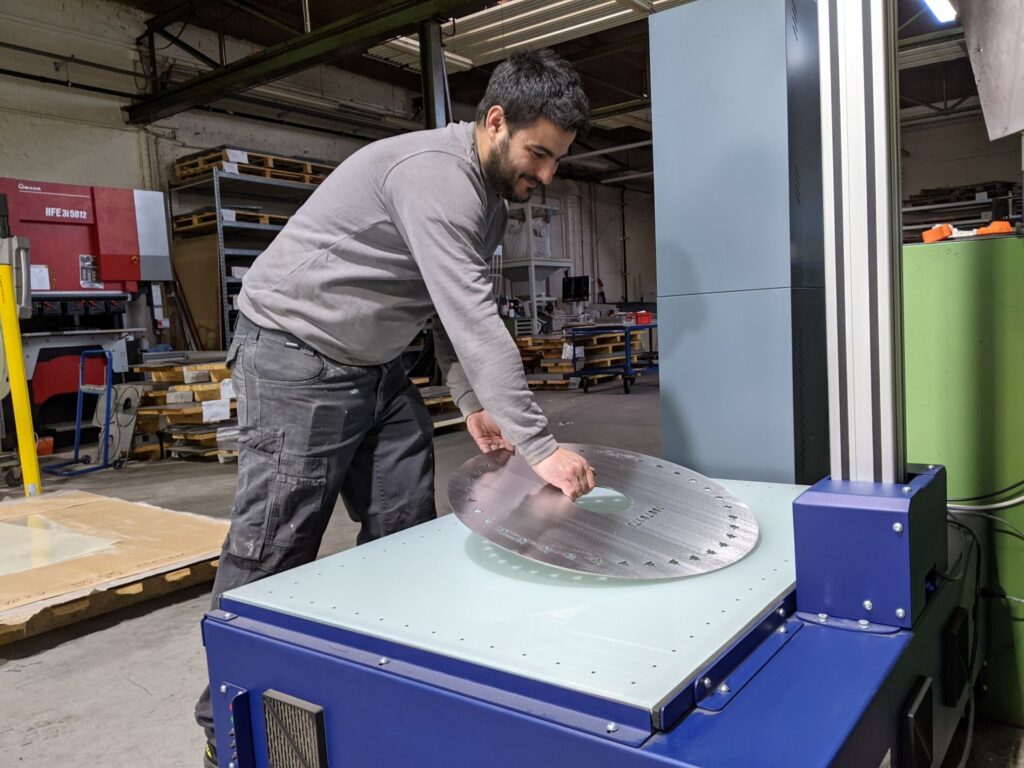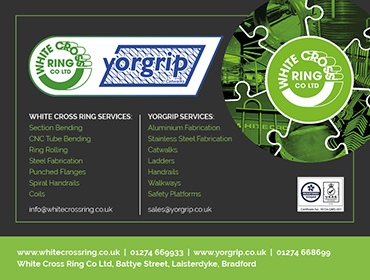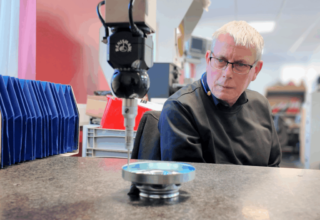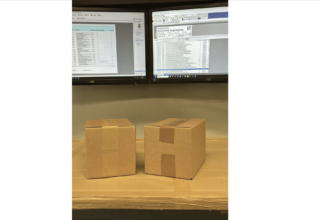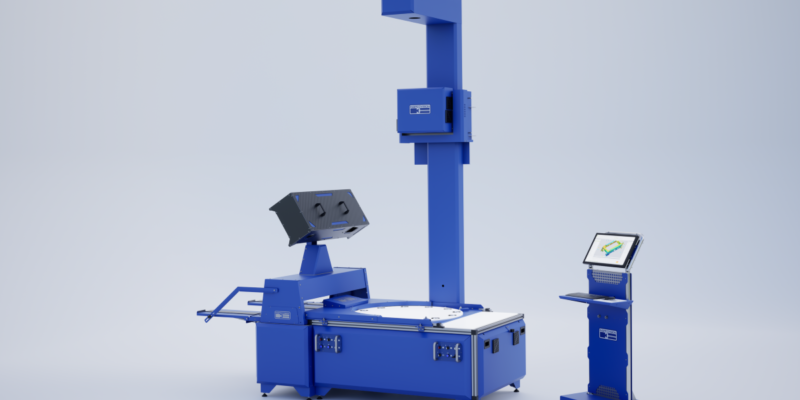
Manufacturing sheet metal parts is challenging: inspection remains critical for every sheet metal application. Here Matt Parry, applications engineer at industrial metrology specialist The Sempre Group, and Olivia McNeill, Sales & Marketing Manager at InspecVision, explain why automating inspection is critical.
If inspection systems are expensive to purchase and operate, some manufacturers may instead tolerate production errors. However, this approach increases the risk of customer complaints, which will only lead to suppliers scrambling to make replacement parts.
Make UK recently estimated that increasing energy bills threaten 60 per cent of manufacturers, compared with eight per cent just four months earlier. The increase in energy prices has boosted metal costs and the expense of running production machines.
For both these reasons a smarter, more effective quality process is needed.
Out with the old
Although coordinate measuring machines (CMMs) and laser scanners are regularly found in quality assurance (QA), they are poorly suited to sheet metal inspection. So much so sheet metal manufacturers often end up leaving them unmanned and going back to using callipers — a relatively basic measurement instrument.
CMMs are more expensive to run than more up-to-date systems as they require sophisticated skills to operate. They are also difficult to use accurately on sheet metal parts. For example, metal sheets often have a kerf or edge profile. If a CMM touches the edge at the top or bottom, the location can vary by as much as 0.1 mm, even on thin parts.
Sheet metal parts are largely defined by their edges and laser scanners are very poor at picking up these thin and shinyedges. Generating meaningful data means scanning at a right angle to the surface, in this case the edge. This can make setting up orusing a laser scanner a slow and skilled process, which could generate suboptimal measurements anyway.
Introducing automation
With skills shortages and the increasing price of metal impacting sheet metal facilities, automation can alleviate pressure and smarten processes. Over the last 30 years or so, automated assembly machines, conveyor systems and other technologies have transformed manufacturing processes. However, even now, parts are often checked with manual tools like callipers, which have remained relatively unchanged in 300 years.
While the automation of production machines has helped, if there is an issue with setup or input and no accurate check on the output, manufacturers risk creating an open loop system. The more automated the production, the more important it is to close this loop and inspect the output smartly, accurately, and reliably.
Closing the loop
Manufacturers can address this imbalance by investing in a fast inspection system that they can automate in both setup and inspection. Bringing these systems onto the factory floor, next to production machines, reduces the time taken to load the sheet metal part onto the inspection system while bringing manufacturing and quality processes together.
InspecVision Planar is a fully automated 2D field of view (FOV) scanner capable of measuring multiple parts with multiple dimensional characteristics. It’s easy to operate — manufacturers simply place the sheet metal part on a glass table, which is back lit with a diffuse light and the silhouette is imaged above with a camera. The measurements are taken in the time it takes to capture the image, usually around 0.01 seconds.
Generally, 3D scanning is more complex, with several rotations and scans required to generate a full picture of a part and its geometries. While 3D inspection takes around five minutes, compared with five seconds for a 2D scan, both systems allow manufactures to import dimensions and tolerances from their CAD files to automatically create a report.
Although rising energy costs and skill shortages are a concern for manufacturers and sheet metal facilities, automation can help by saving time and improving accuracy. Using smart technologies to optimise production is one thing, but adding automated scanners for inspection purposes is essential as more companies embrace Industry 4.0.
